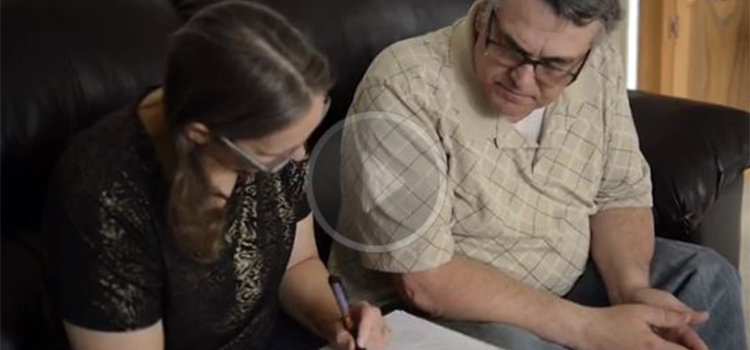Research Profile:
Methods: Nathan met participants at NWN in Spokane, WA. Participants wore sensors while they completed UPDRS, then sat or completed their neurological appointment. Dyskinesia was observed during the 1.5 hour sessions. They derived features characterizing the signal using signal analysis. The signals were input into WEKA classification algorithms, from which dyskinesia states were classified.
Results: From the 19 participants, they classified the presence of dyskinesia over 1-minute periods with 96% accuracy using a J48 decision tree. They found that the most important feature was energy in different frequency bands, and the most important sensor location was the right wrist.
This system reliably identified dyskinesia occurring in the clinic. It has the potential to identify dyskinesia automatically away from the clinic. Clinician who are presented with objective and continuous dyskinesia timelines could use that information to individually tailor treatment, thereby reducing dyskinesia periods. People with PD could appreciate a system that would work with their caregiver to help them maintain their optimal functionality.
Learn more about the researcher – Nathan Darnall

